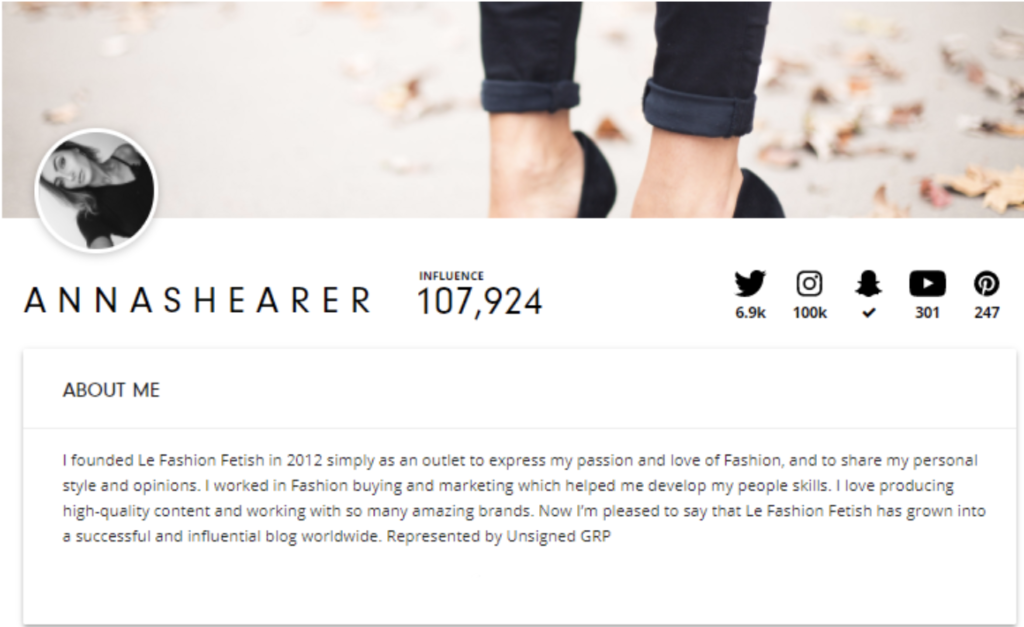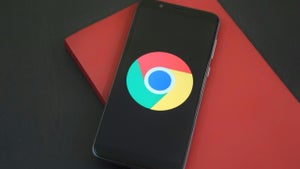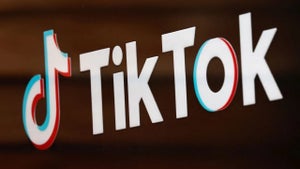How To
How to become a micro-influencer on Instagram

- November 8, 2018
- Updated: August 26, 2024 at 7:22 AM


Micro-influencers are on the rise.
If you’re unfamiliar with the concept, the term refers to someone with a few thousand followers (no one can agree on the entry point) up to around 50k.
Brands love these small-scale influencers because, they’re knowledgeable, authentic, and tend to engage with their audience more often than full-fledged celebs.
If you love Instagram and have a good-sized following, you may have an opportunity to make some cash.
However.
Becoming a micro-influencer takes more than a cute Instagram. Between strategizing and content creation, influencing on any scale is an actual job.
Here’s a rundown on what micro-influencing is, and how to get into the game.

Browse the best Black Friday deals!
CLICK HERE FOR BLACK FRIDAY OFFERSHow to become a micro-influencer
What are micro-influencers?
Ok, micro-influencers aren’t exactly on par with the YouTubers and Instagram models with followers in the hundreds of thousands or higher.
Instead, these are individuals in their category with a certain level of expertise in a specific niche.
The ideal micro-influencer is passionate and authentic—someone with a relationship with their followers who is seen as a go-to source for information and recommendations.
First of all, your account needs to be up to par

Your success as a social media personality—macro, micro, or somewhere in between lies in your photography skills and your activity.
Because just about anybody can take a decent photo these days, you probably should be a great photographer and editor.
There are a million apps out there that can help you do this–from Boomerang’s GIF maker to VSCO, an editing tool that adds a professionalism to your feed.
Instead of thinking in terms of individual shots, your entire feed should represent your personal brand–develop a palette, identify your favorite filters, and keep things on topic.
 The second part of this is activity, meaning you need to post consistently and engage with other users’ content.
The second part of this is activity, meaning you need to post consistently and engage with other users’ content.
Friendly, thoughtful responses and positivity will help you create connections with others. The old, “do unto others” rule, right?

Top 5 apps that’ll make you an Instagram model
Read Now ►Engagement is everything
Being a successful micro-influencer doesn’t require you to build an empire millions deep. It’s not always about amassing the largest number of followers possible, even though there are plenty of apps to help you do that. What matters more is who is following you and how interested or engaged they are with what you’re doing.
This year, there’s been something of a shift in the influencer marketing space. See, brands are learning that working with top influencers doesn’t provide the return on investment they were hoping for.
How to calculate your engagement rate
On Instagram, your engagement rate is the total number of engagements (likes, shares, comments) over a specific period divided by the number of total followers x 100%.
The average engagement rate on Instagram is 3%, while Facebook and Twitter are much lower, both hovering somewhere between 0.5% and 1%.
How do you get work?
In the beginning, getting work means doing a ton of pitching. You’ll send thousands of emails and InMails, and direct messages. But before you start blindly emailing brands, do a little nurturing.
Brands monitor digital conversations through a range of alerts and reputation management tools. Platforms like Mention, HootSuite, and countless others let brands know when someone mentions them. Get on their radar by posting about the brands you want to work with, well before you reach out.
You’ll also want to engage with those brands directly. So—try posting comments or positive micro-reviews of products you’ve tried.

How to become a brand ambassador on Instagram
Find out now ►Pick potential clients wisely
If you’re new to the space, any business probably sounds like good business. This approach is fine if you’re working behind the scenes as say, a ghostwriter or social media manager.
A micro influencer, on the other hand, is the brand. So, you need to make sure you’re pitching brands that align with your niche.
Ask yourself the following questions:
- Do you think this brand offers something interesting and marketable?
- How can influencer marketing help?
- Does this brand share my values?
- Which areas to they need help with?
In the long run, compromising your values or faking expertise won’t get you very far.

How to earn money with Instagram
Learn How ►Reaching out
Create a short cover letter and introduce yourself. This shouldn’t be more than a few short paragraphs and should mention your follower counts, brands you’ve worked with, and why brands should work with you.
Create a media kit
Put together a media kit to use as a promotional tool. A media kit is a PDF document that showcases your experience your social counts, accomplishments and how you can help brands achieve their goals.
Things to include:
- Bio: who are you, what’s your niche, etc.
- What can you offer?
- Handles
- Follower counts
- Engagement rates
- Contact info
- Past collaborations
- Branded header, logo, and a professional photo
This example, from Le Fashion Fetish blogger, Anna Shearer, is a nice example; it’s short, contains key details, and gives the viewer a sense of her aesthetic.

There are also a million sites, like Canva, where you can download customizable templates. The benefit here is that they deal with the design and you make it your own.
Some of Canva’s media kits:

Consider working for free at first
If you’re just starting out, you may need to do a few free posts to prove your value.
In the beginning, aspiring influencers should be eager to work with any brand that fits their value set and aesthetic. So, start by fleshing out your portfolio.
You’ll have to work harder to prove yourself, so overdeliver. If you get a brief requesting one post, do an extra or throw in a story.
You want to make sure the brand has a good experience working with you.
Content creation is a ton of work
The hardest part about becoming a professional blogger or social media influencer is, you’ll need to wear a lot of hats.
You’ll end up as the face of your brand, the receptionist, the strategist, the CEO.
You do sales and marketing, you edit your photos, and chances are, you’re figuring out how to do your own books.
Your workload will vary depending on whether you’re a blogger or you’re social-only. Still, in both cases, you’ll be spending a good deal of time creating content.
And those extra hours spent coming up with quippy hashtags and styling selfies will add up.

Is influencer marketing dead?
Read Now ►Final thoughts
Instagram is a great opportunity for hobbyists to turn their passion into a source of income.
That said, the main appeal of micro-influencers is a certain level of expertise, coupled with the high engagement rates of a known face, who isn’t too big to make a genuine connection.
While you’ll need to know your way around filters, copywriting, and understand at least a few basics from business 101, dipping your toes into the world of micro-influencing might not be a bad idea.
And who knows, maybe someday, you can drop the “micro.”
Grace is a painter turned freelance writer who specializes in blogging, content strategy, and sales copy. She primarily lends her skills to SaaS, tech, and digital marketing companies.
Latest from Grace Sweeney
You may also like
 News
NewsIf you haven’t updated Chrome yet, now’s the time to run
Read more
 News
NewsDisney’s Snow White has a streaming release date
Read more
 News
NewsThis is TikTok’s secret weapon to personalize your ‘For You’ feed
Read more
 News
NewsMicrosoft Edge for Android is about to copy one of Chrome’s best private browsing features
Read more
 News
NewsUrgent Job Cuts and Delayed EV Production: Nissan’s Struggle for Recovery
Read more
 News
NewsIntroducing the EZ-60: Mazda’s Electric SUV Designed for the Chinese Market
Read more
